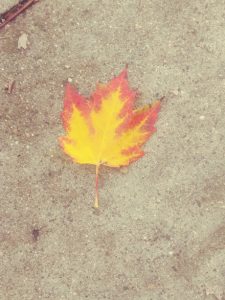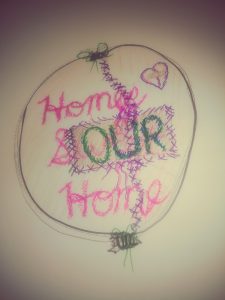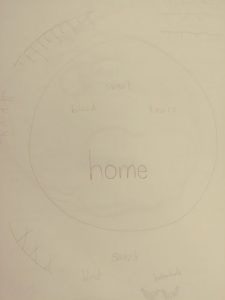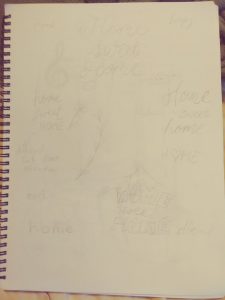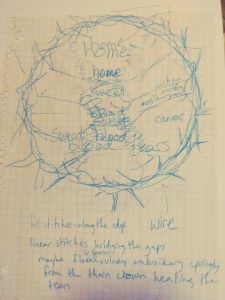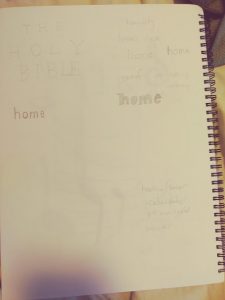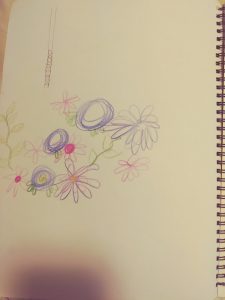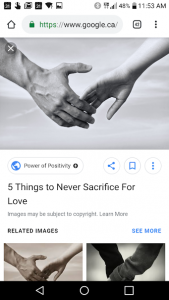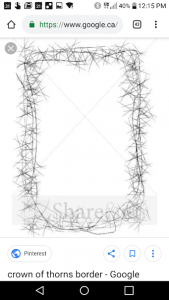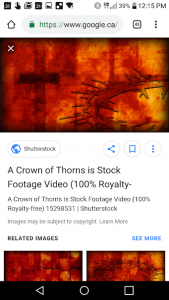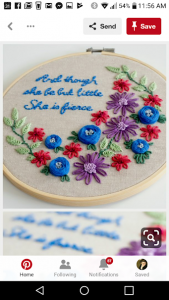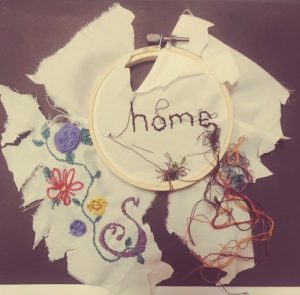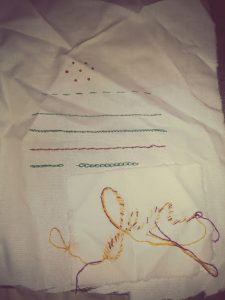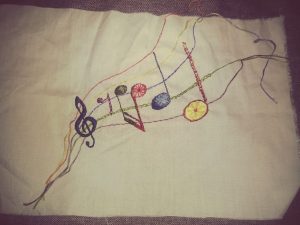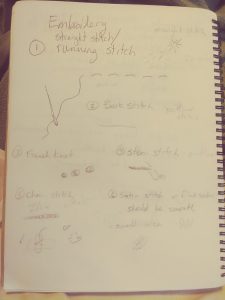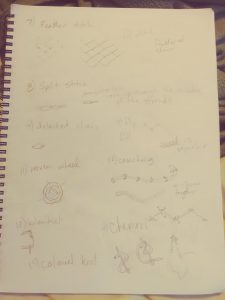This started with the desire to create something artistic rather than copying someone else’s sampler.
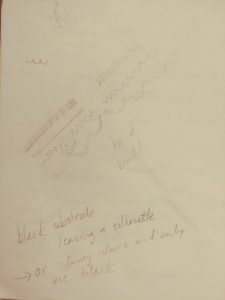

Once I started to research dragonflies, I realized how much I identified with them.
Here are the images that influenced my initial design:
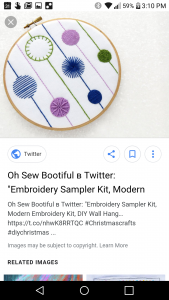
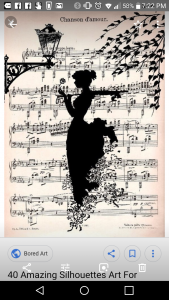
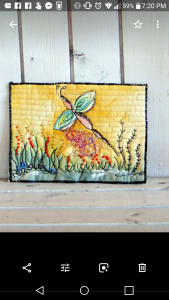
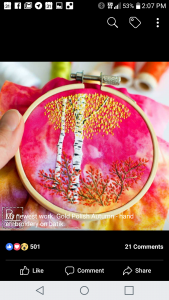
Creative Process in Photos




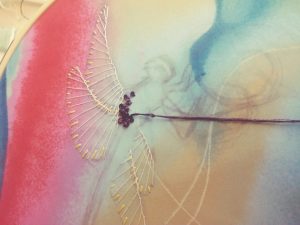
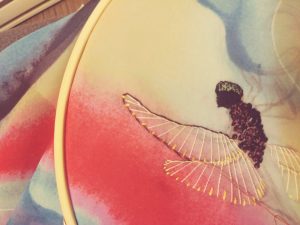
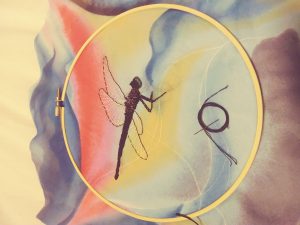
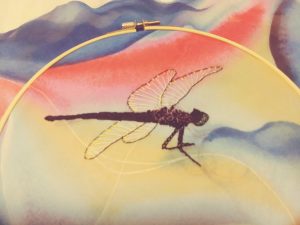
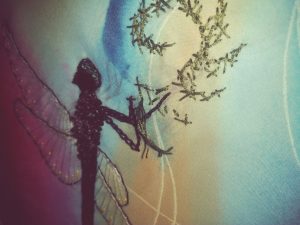

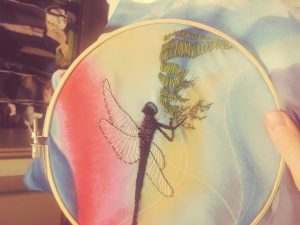
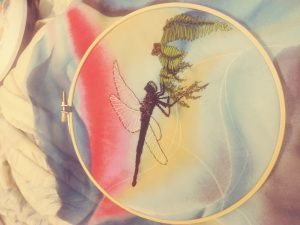
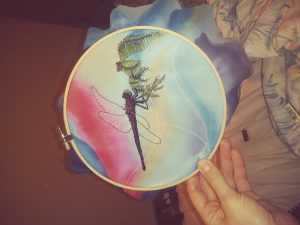
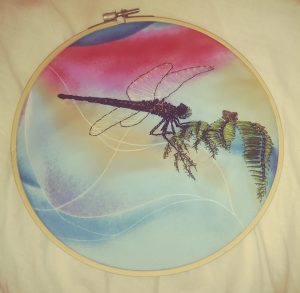
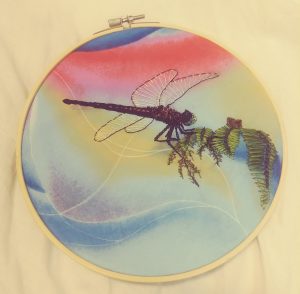

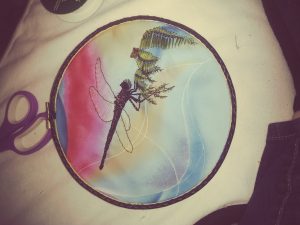



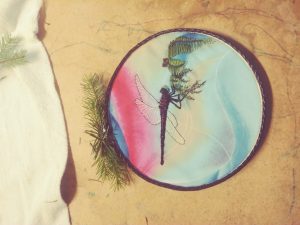
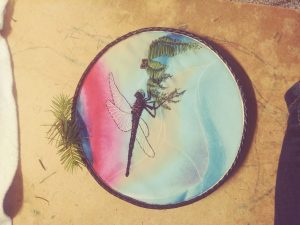
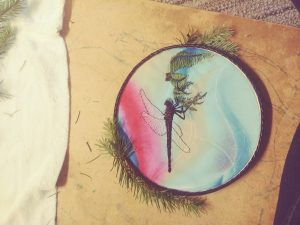


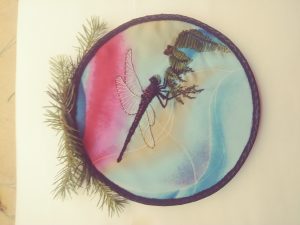
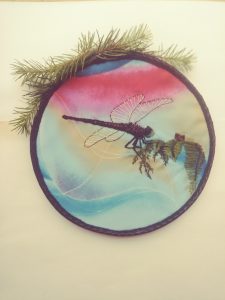 “Sew your Eyes Shut: Stitch your Mind Open” (I chose a crappy title for it. It seemed to make sense at the time.)
“Sew your Eyes Shut: Stitch your Mind Open” (I chose a crappy title for it. It seemed to make sense at the time.)
I learned to embroider as a young child. My mother cross stitched, and we wanted to create with her. She transferred images with her iron onto ragged white squares. We stretched these onto hoops and proceeded to stab out the outlines of ducks and flowers. I enjoyed creating, but I found my lack of skill and the limitations of following a pattern frustrating. I was happy to return to the therapeutic process of stabbing as an adult, especially given the opportunity to design my own pattern that communicated my own ideas.
The dragonfly gets a bad rap in western culture. She is called the devil’s darning needle. However, I chose to use a dragonfly as a visual metaphor for my self concept because I identify with both her strength and vulnerability. She is an agile flier and an adept predator. Her strong legs literally snatch her prey from the air; she can consume her own weight in half an hour. She migrates long distances, sometimes across an ocean. In spite of her strengths, the dragonfly is still very fragile and quite beautiful. She spends a large part of her life span in a larval state, feeding and growing, until she undergoes a transformation and erupts from her old skin in a new shape. Her adult life is short, but her ephemeral nature adds to her preciousness since it is so fleeting.
I have confidence that, like the dragonfly, I can achieve great ambitions. My journeys have been long and challenging, resulting in personal transformation. I often feel vulnerable and of passing significance, but I can see that my contributions are beautiful and influential in the moment.
I embroidered a dragonfly at rest in order to illustrate her strength and fragility. I stitched it into two swathes from the skirt of an old party dress in an organic process; I twined coloured strands and merged them on the background, and built texture with layers and layers of stitches. I feel inspired by layered colour; the multivalent effect portrays the layers of my personality.
The upcycled fabric speaks both to the brief nature of the dragonfly’s life and to my own impermanence. It also shows the value that can be found anywhere including in oneself.
I adorned the frame with evergreen twigs to juxtapose the artificial quality of my personal portrayal with the tangible reality of real branches. What I have framed is a construct–a two-dimensional depiction of a complex and changing entity with flawed vision. However, there is a resonance between the embroidered branches and the real ones that exemplifies that art is mimetic and communicates some truth.
I was influenced by textile artists Karolina Bakowska and Ann Dunbar. Bakowska’s embroidery appeared on my Facebook feed through the group Textile Arts. She entitled her work “Gold Polish Autumn” and imposed the white trunks and gold leaves of aspen trees on a vibrant pink batik background. It leapt from the hoop. Dunbar goes even farther. She creates her own backgrounds with watercolour paint, then embroiders the foreground. Her landscapes burst with texture.
My connection with the dragonfly may be as fleeting as she is, but creating her with fibre and fabric opened my eyes to many new possibilities of art and self.
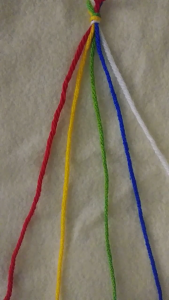

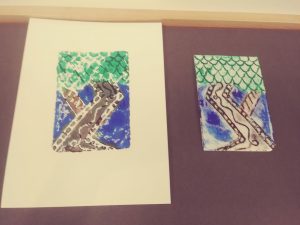
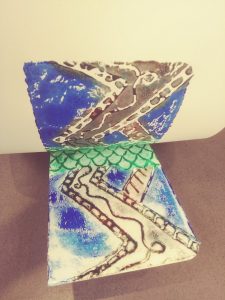
































 “Sew your Eyes Shut: Stitch your Mind Open”
“Sew your Eyes Shut: Stitch your Mind Open” 

